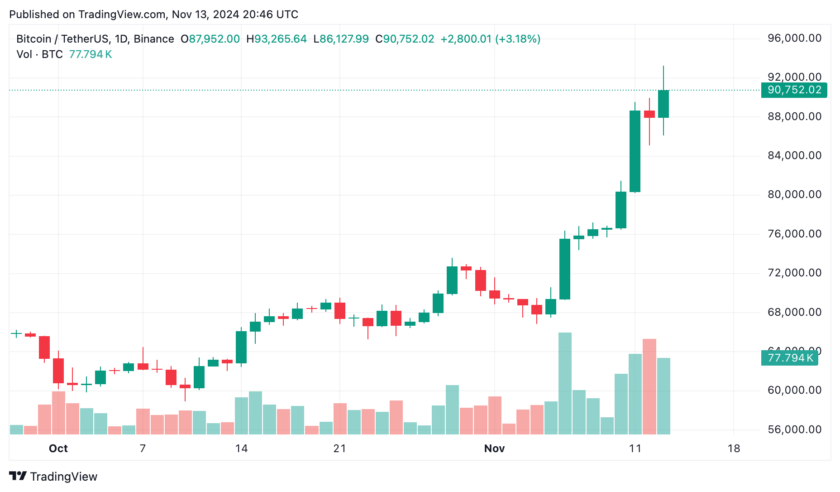Food-related DeFi projects have slowly taken over crypto in the last quarter, with many of these projects suffering from contentious issues, like the Uniswap fork, SushiSwap’s vampire attack, and the market dump of $13 million worth of Ether (ETH) by lead developer Chef Nomi.
Then there’s the infamous Hotdog DeFi meme coin which dumped 99.9% hours after listing. These quick pump and dump style projects have the capacity to give DeFi a bad name but taking a closer look at the list of food themed projects reveals that not all of the offerings are rotten.
On Sept. 11 a new project called Pickle Finance emerged from a pantry stuffed with food-themed DeFi tokens. The project works like other popular DeFi protocols that reward users who provide liquidity with high interest and additional token rewards.
To date, the project has accrued more than $347 million in total value locked and one of the primary liquidity pools is offering up to 4,500% APY.
The project aims to bring price stability to the four biggest stablecoins in the crypto sector and it has quickly risen to become the 13th largest DeFi protocol in terms of total value locked.
Demand for the project is also reflected in the platform’s native token, (PICKLE), which quickly rose from $4.41 on Sept. 12 to $70.21 at the time of writing.
‘Off peg bad, on peg good’
The Pickle Finance protocol allows users to earn interest and PICKLE, Ether, and stablecoin pairings as a reward for providing liquidity for DAI, USDC, USDT, and sUSD. While doing so, the seemingly Rick and Morty-inspired project aims to correct the pegs of these stablecoins which have often fluctuated several percentage points above their peg throughout 2020.
As so, more rewards are given to below-peg stablecoins and less to above-peg stablecoins, incentivising users to buy and stake the former, and to sell the latter. This system tries to balance market conditions that push the peg of stablecoins away from their underlying asset, thus setting them in the right direction through an incentive structure.
On Sept.16, Pickle.Finance also introduced pJars (formerly known as pVaults). Based on Yield.Finance’s yVaults, pJars will use deposited funds to arbitrage between stablecoins and leverage several protocols in order to bring rewards to token holders and further push stablecoins towards their peg.
Pickle Jars may pump token price
Pickle token has seen great returns in its first week of trading, with approximately $50 million in daily volume recorded in the days following the launch.
Like other governance tokens, Pickle token can currently be used to vote on community proposals through a unique quadratic voting mechanism that reduces the control that whales have over most decentralized governance systems. The unusual governance system has even caught the attention of Vitalik Buterin, founder of Ethereum.
One challenge that many of the DeFi upstarts face is liquidity providers withdrawing all their funds and moving on to the next lucrative farming project once the high APY rewards of their current plantation ends. This is a reality and challenge that Pickle Finance may have to contend with as it’s high APY pools are set to ‘mature’ in the coming days.
It’s possible that the addition of rewards through pJars will have a positive impact on the token price and similar models have proven effective with projects like Aave and Yield.Finance.
Furthermore, the rewards come from the fees applied to pJars, 1.5% of which will be used to buy Pickle tokens and to burn them. This reduces the total token supply and in theory, should help to stabilize the price of Pickle.




